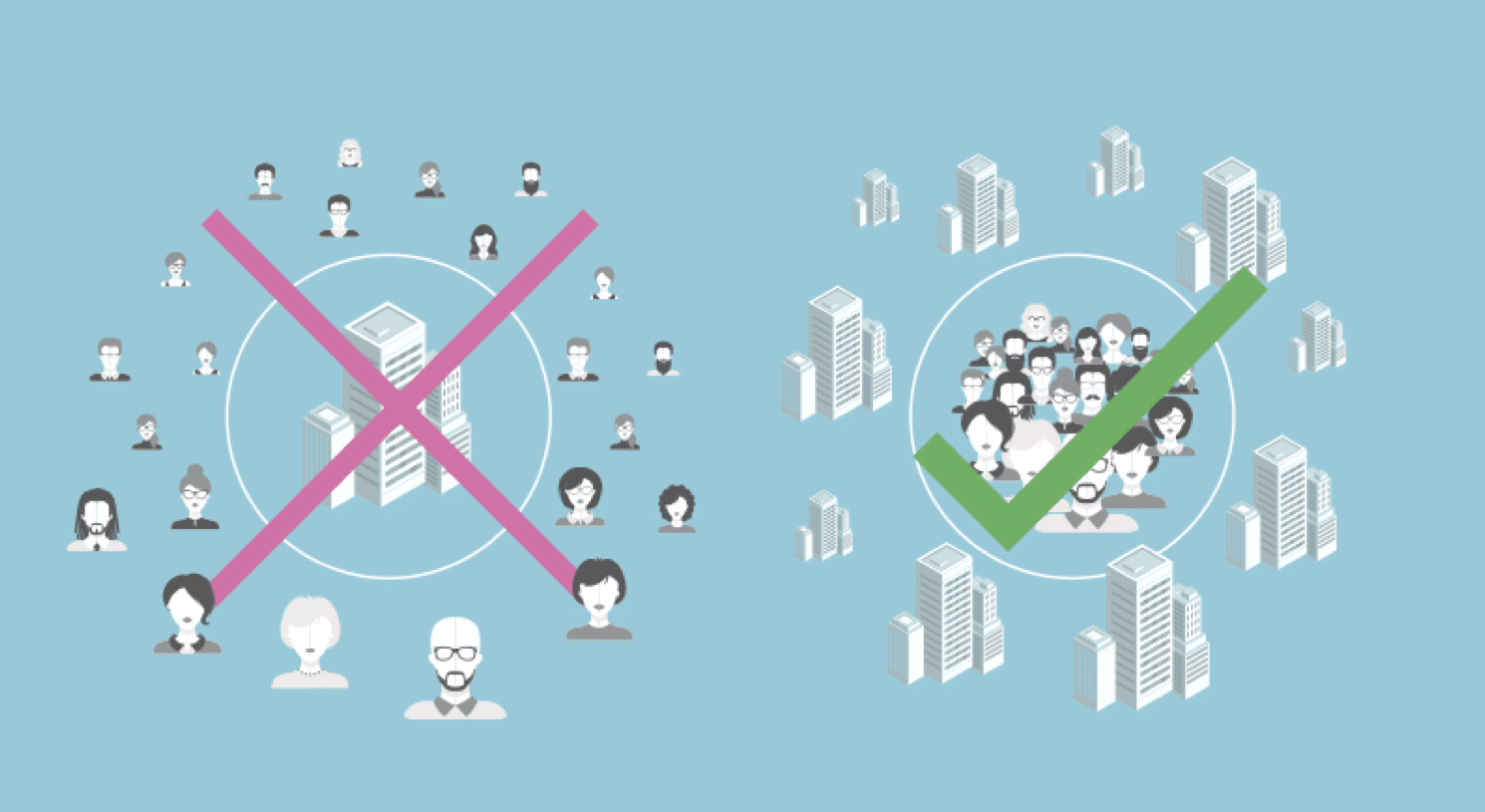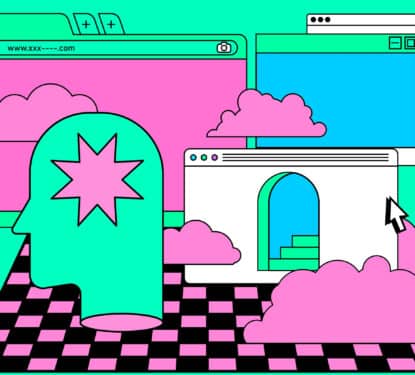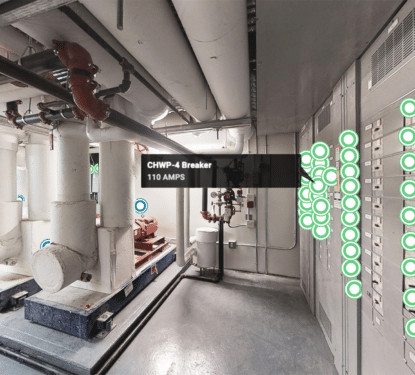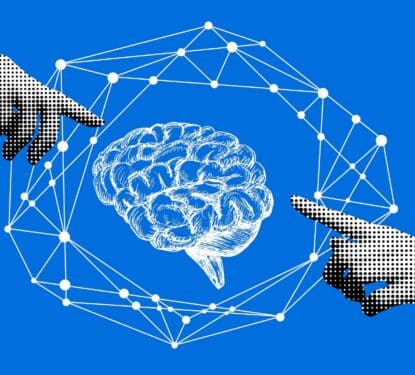"If everyone is busy making everything, how can anyone perfect anything? We start to confuse convenience with joy, and abundance with choice. Designing something requires focus. The first thing we ask is; what do we want people to feel… delight, surprise, love, connection? Then we begin to craft around our intention. There are thousands of no’s for every yes. We simplify, we perfect, we start over… until everything we touch, enhances each life it touches. Only then do we sign are work."
This is technology giant Apple’s design philosophy as outlined in a video called ‘Designed By Apple – Intention’.
There is something to be said for this user focused design method and it has certainly worked for Apple in the competitive world of consumer electronics. In the smart building sector we have a tendency to think that better means smarter and that smarter means more technology. In this approach the user is lost in a world that only an engineer could understand.
Just as Apple has come to dominate the smartphone and personal computer markets by creating user friendly, approachable and carefully designed products; could the smart building sector give up their quest of flooding any and every building with new tech, and instead focus on designing human centric buildings?
"We’re surrounded by anonymous, poorly made objects. It's tempting to think it’s because the people who use them don’t care — just like the people who make them. But what we’ve shown is that people do care. It's not just about aesthetics. They care about things that are thoughtfully conceived and well made. We make and sell a very, very large number of (hopefully) beautiful, well-made things. Our success is a victory for purity, integrity — for giving a damn," said Sir Jonathan Ive, Apple’s design chief since 1996, in an interview for Time Magazine.
English-born Ive has been credited with the iconic designs of the sleek iMac desktop, as well as the game changing iPod and iPhone. The success of these products is not just about making them look sexy; it is about usability. Until the iPod, the best music players were generally the ones with the most buttons, therefore the most options. The iPod conquered and significantly expanded the personal music market with one button and a scrolling wheel.
This simple interface does everything the user wants and, more importantly, it does it in an uncomplicated way. And rather than trying to impress the consumer with more and more features, Apple created a usable product that can become an extension of the users life, something they feel proud of and inevitably loyal to. “People have an incredibly personal relationship with what we make,” said Ive.
In the smart building, occupants are thrown into a world of buttons and features, or one of automation and no control; there is no opportunity to create an attachment with the technology. By ‘simplifying, perfecting, and starting over’ with the user in mind, the smart building can become the technological extension occupants actually desire.
“To make products people want, you have to understand the "job" that customers are hiring their purchases to do,” says Harvard Business School professor Clay Christensen.

There is more to the Apple methodology. After decades of criticism surrounding compatibility, isolationism and elitism, people have increasingly come to realize that the tight integration of hardware and software results in much more fluid experience. Consumers love Apple products because they work, smart buildings would be wise to aim for the same goal.
In contrast, the disjointed smart technology market is riddled with issues of compatibility, varying communication standards and lots of great technology just not working very well together.
When imagining a smart building where hardware and software are indistinct from each other, where design is uncomplicated by features and where users fully engage with the technology as an extension of themselves; we begin to imagine that seamless, sci-fi utopia that smart technology promises.
That all begins with putting the user first. Understanding that the technology is simply a means to an end, rather than an end unto itself. Perhaps we must wait for the buyer to start prioritising thoughtful design over cost. Perhaps the smart technology sector needs a company like Apple to achieve the same kind of user centric design shift we have seen in consumer electronics. Perhaps that company will be Apple itself.
As Ive puts it, “what people are responding to is much bigger than the object. They are responding to something rare — a group of people who do more than simply make something work, they make the very best products they possibly can. It’s a demonstration against thoughtlessness and carelessness.”
[contact-form-7 id="3204" title="memoori-newsletter"]



